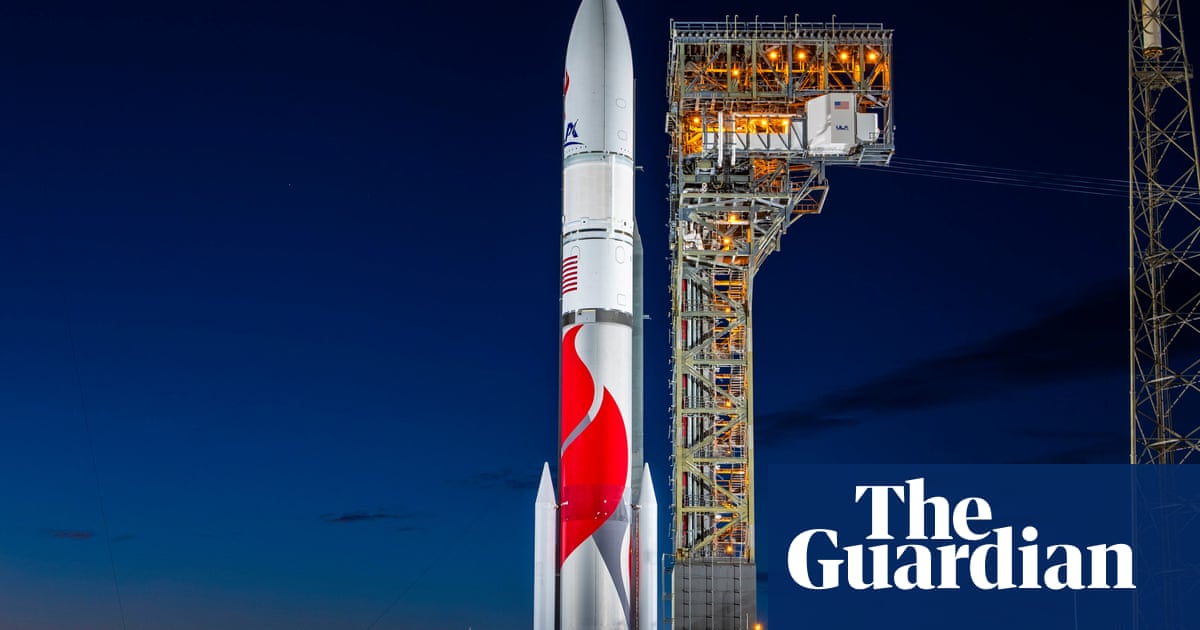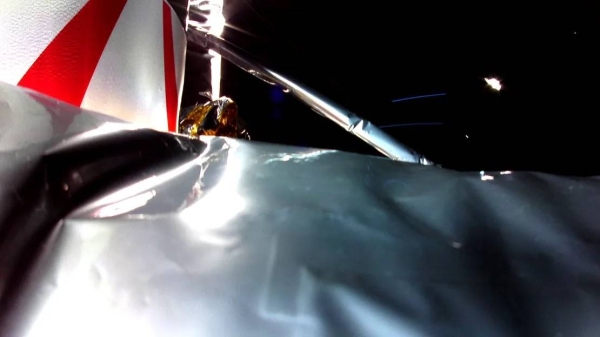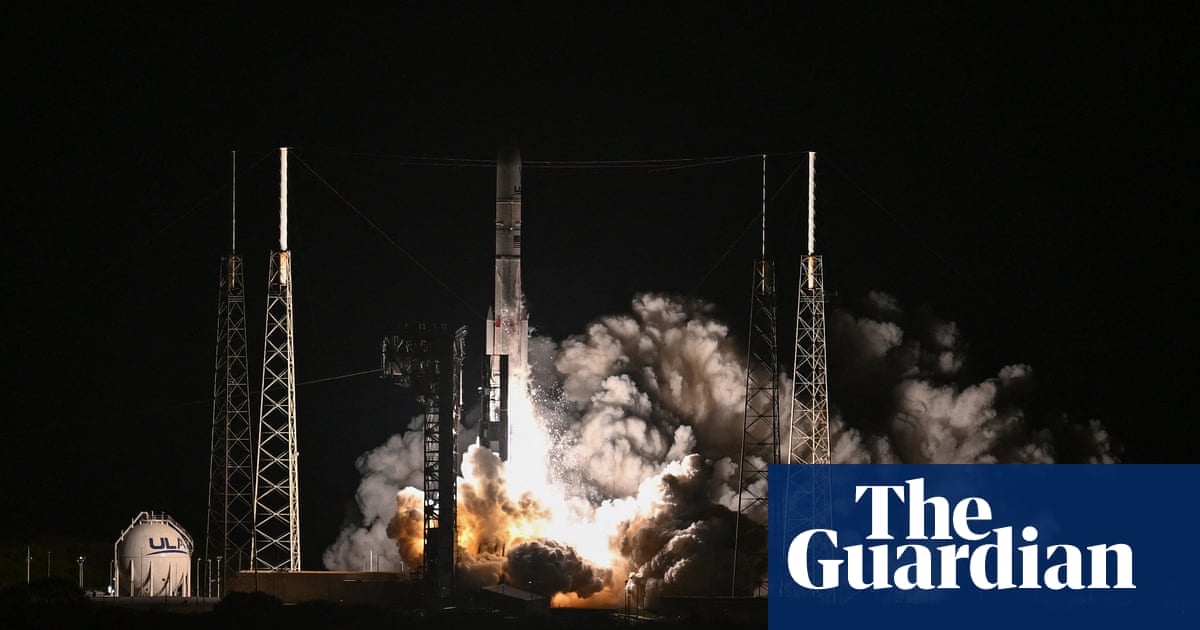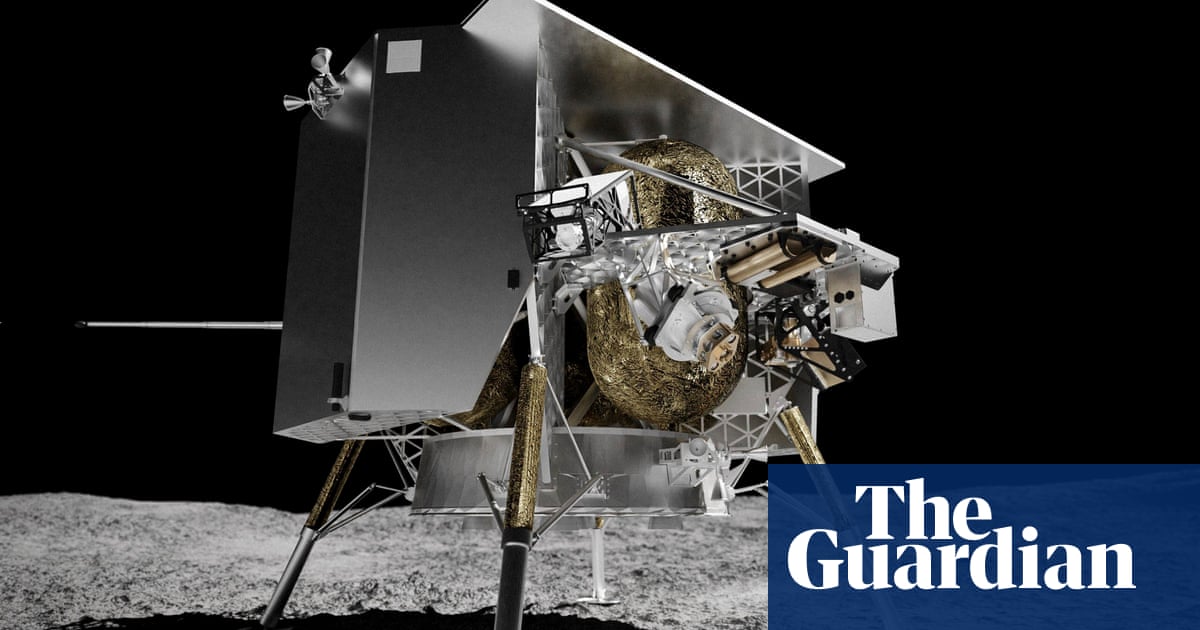
The first moon lander to launch from the US in half a century has “no chance” of making a successful landing on the lunar surface because of a fuel leak, its operators have announced, adding that their goal was now to travel as far as possible before losing power.
Peregrine 1, which aimed to become the first commercial space probe to make a soft landing on the moon, suffered a “critical loss of propellant” hours after liftoff on Monday owing to an “anomaly” in the propulsion system, according to Astrobotic, the US company behind the project.
After initially fearing that the spacecraft would not be able to orient itself towards the sun to charge its batteries, the team at Astrobotic announced it had successfully completed an “improvised manoeuvre” and the solar array was working.
However, in a later statement, the Pittsburgh-based company said its thrusters “could likely only operate for 40 more hours at most”. It added: “At this time, the goal is to get Peregrine as close to lunar distance as we can before it loses the ability to maintain its sun-pointing position and subsequently loses power.”
In its latest update, released on Tuesday, the company confirmed that the spacecraft had, “unfortunately, no chance of a soft landing on the moon”. The updated mission was to gather data from Peregrine 1 that may be useful for a future lunar landing trip, Astrobotic added.
The lander, which is carrying Nasa scientific equipment, launched on the Vulcan Centaur rocket from Cape Canaveral, marking the first use of the powerful new rocket built by United Launch Alliance, a Boeing-Lockheed venture.
Peregrine was scheduled to land on the moon on 23 February, when it would have begun to gather data about the lunar surface to help research for planned future human missions.
Instruments on board include those that can measure radiation levels, surface and subsurface water ice, the magnetic field, and the extremely tenuous layer of gas called the exosphere. Also onboard are five small moon rovers, each weighing less than 60g and measuring 12cm across.
The lander also contains non-scientific payloads, including DNA from former US presidents, including George Washington, John F Kennedy and Dwight Eisenhower, which could now remain in space. The ashes of Gene Roddenberry, the creator of Star Trek, as well as those of former stars of the TV series, are also onboard.
Responding to reports of the lander’s failure, Nasa said it was working with Astrobotic to identify the root cause of the propulsion problem, adding: “Space is hard.”
Later on Tuesday, Nasa added more delays to its Artemis moon program, scheduling for 2026 its first astronaut lunar landing in 50 years while spacecraft from SpaceX, Lockheed Martin and other contractors face development challenges.
The US space agency did not give contextual details relating to the Peregrine 1 news.
Artemis 3, the first crewed moon landing under the program using SpaceX’s Starship, is now scheduled for September 2026, previously planned for late 2025, Nasa said.











